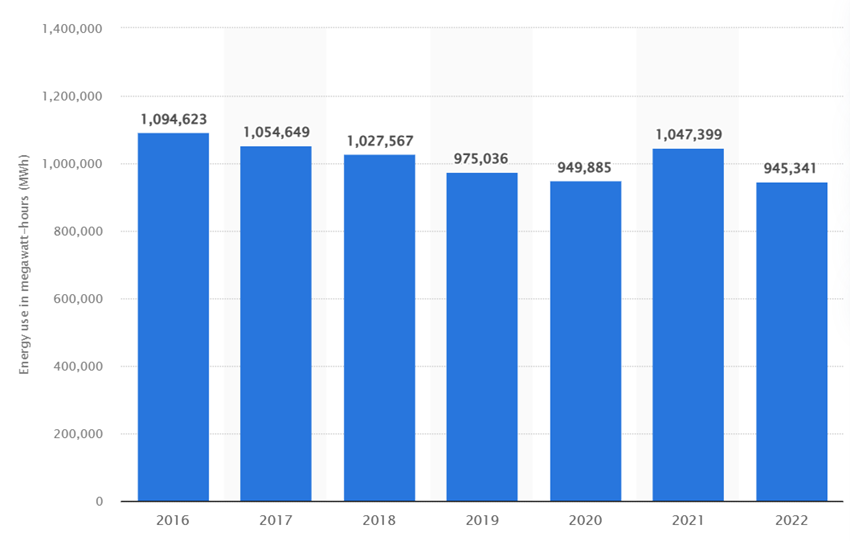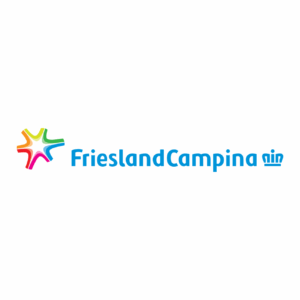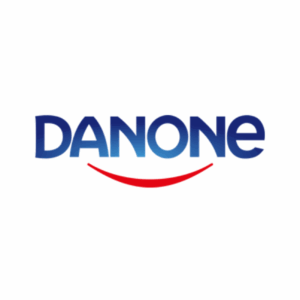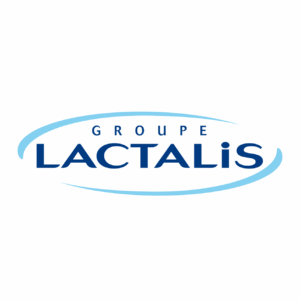Introduction
Founded in 1919, Electrolux is a Swedish multinational home appliance manufacturer that offers a wide range of products, including refrigerators, washing machines, vacuum cleaners, and more.
Shape Living for the Better
The company has a sustainability framework called “For the Better 2030,” which covers its entire value chain, from its own operations and suppliers to the use phase and end of life of its products.
They aim to reduce their environmental impact and become climate neutral throughout the value chain by 2050. The company has set ambitious climate goals and is working to prevent millions of metric tons of greenhouse gases from entering the atmosphere.
Electrolux also focuses on creating sustainable solutions for consumers, such as energy- and water-saving appliances. The company is committed to reducing waste and promoting circularity.
Electrolux is also committed to social sustainability. The company cares about the health and safety of its employees and supports selected social organizations.
Criteria
Carbon Footprint, High
Electrolux has reduced its absolute CO2 emissions from operations by 70% since 2015. In addition, Electrolux has achieved its 2025 science-based climate target three years early by reducing its scope 1 and 2 emissions by 82% and its scope 3 emissions by more than 25% compared with 2015.
- Scope 1 emissions refer to direct emissions from sources that are owned or controlled by Electrolux, such as fuel combustion in boilers, furnaces, and vehicles
- Scope 2 emissions refer to indirect emissions from the generation of purchased electricity, heat, or steam consumed by Electrolux
- Scope 3 emissions are indirect emissions that occur in the value chain of Electrolux’s products, including the production of raw materials, transportation of goods, and use of sold products
Ecological Impact, High
Electrolux has taken several initiatives to reduce its ecological impact. One of its key priorities is to make clothes last twice as long with half the environmental impact.
Electrolux aims to achieve this by incorporating innovative solutions that increase laundry efficiency and improve garment care. For instance:
- Electrolux has launched a “cushion-like” care drum that provides significantly gentler fabric care and reduces wear and tear on garments
Energy Consumption, High
Electrolux has decreased its total energy consumption within its global organization by almost 150 thousand megawatt-hours -MWh- from 2016 to 2020, reaching approximately 950 thousand MWh in 2020 down from 1.1 million MWh in 2016 1.
However, the energy consumption of Electrolux increased again in 2021 compared to the previous year to more than one million MWh, before dropping again in 2022 to around 950 thousand MWh.

Electrolux Energy Consumption – © Estatista 2023
Freight Density, No Infomation
No information has been obtained on this issue.
Recycling Rates, Medium
Electrolux actively supports the recycling of appliances to make sure useful materials are recovered and any problematic substances are properly taken care of. Electrolux strives to continuously increase the amount of recycled material to produce new products.
In its most recent sustainability report, says it has set as a goal that by 2030 its product ranges will contain at least 50 percent recycled materials.
The company does not mention to what extent recycled-content metals will play a role but writes in more depth about its incorporation of recycled-content plastics.
Electrolux says it used 6,800 metric tons of recycled plastic in its products in 2020 and indicates it is aiming much higher.
Saving Levels, Medium
According to the Electrolux scientific approach and Life Cycle Assessments – LCAs – approximately 85% of the overall climate impact of an appliance, during its lifetime, is generated when it is in use.
Therefore, to help reduce it while providing high quality performance, all AEG EcoLine models have been designed to be used effortlessly, with maximum efficiency, every day, meeting the highest ratings of the brand’s energy label.
Generally speaking, they actively support the recycling of appliances to make sure useful materials are recovered and any problematic substances are properly taken care of.
Specific Product Monitoring, Low
The company has a number of follow-up mechanisms that allow it to monitor how its organization and suppliers abide by its Code of Conduct and Supplier Workplace Standard.
These mechanisms include workplace policy audits, the Ethics Helpline, group internal audit, employee engagement surveys, global audits of ISO standards for environment and safety, the sustainability KPI survey, green spirit certification and reporting system, safety management system -SMS-, responsible sourcing audits, and external verification of sustainability reporting.
Supply Chain Waste, Medium
They have set a goal to drive supply chain sustainability by working with suppliers to live up to its high expectations, no matter where they are located, and to drive and support the transition to more sustainable practices.
Electrolux aims to secure compliance to its principles among its direct suppliers of components, finished goods, licensed products, and services.
The company also aims to engage in high-priority geographies and topics further up the supply chain and ensure transparency in mineral and material supply chains from high-risk areas, working toward a conflict-free supply chain by 2025.
Electrolux strives to drive the environmental performance of all strategic suppliers on key metrics, aiming to help them become climate neutral by 2030 – toward a carbon-neutral supply chain by 2050.
Sustainability Scorecards, High
Electrolux was recognized as an industry leader in the Household Durables category in the Dow Jones Sustainability Index -DJSI-, and was recognized for its sustainability leadership with an A score for its actions on Climate and Water as well as a Supplier Engagement Leader by the global non-profit CDP.
Electrolux’s sustainability framework, “For the Better 2030”, aims to enable the company to continue to create better and more sustainable living for people around the world. The framework is based on three focus areas:
Better Company, Better Solutions, and Better Living
Electrolux shows in its scorecard that they ais three years ahead of plan in terms of its global science-based climate target.
Water Management, High
Electrolux Group has proactively driven down water use in its global operations through good water management practices, improving water efficiency by 39% since 2015.
Besides promoting water efficiency in its operations, the company also provides consumers with products that use less water. Here are some highlights.
As an example, the latest washing machines launched in Europe have steam functions that allow consumers to refresh their clothes with 90% less water than a full wash.
Conclusions
Electrolux received a score of 6.5/10 on the assessed criteria, indicating that the company is a sustainable household appliance manufacturer with a detailed roadmap for implementation in the coming years.
However, it also shows that the easy goals are achieved sooner than expected and the difficult ones are set for the long term – 2050 – as if the company does not have a feasible solution today.
The company could easily improve this score if it were more sincere and did not plan the difficult objectives far into the future either, but instead set intermediate goals that are more realistic.
See Link to its sustainability-report-2022.
Related to other brands
Number of criteria met by each brand:
- Siemens-Bosch 9/10
- Krups-Rowenta 5.5/10
- Whirlpool 8/10





1 Comment